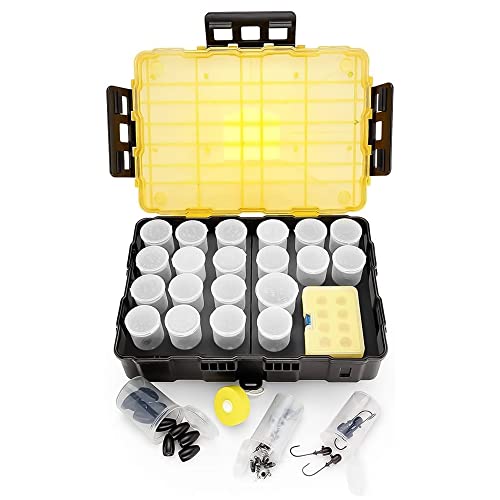eshaw said:
Basically they've married two technologies together there. I guess by having a stationary outboard it does help keep interior space since it's always at a premium in boats. I just don't know if this really innovative? Not to me. What really makes this stand out from the pack ???
What's innovative is the nozzle. From my perspective (behind a computer, not looking at the boats in person), the hull seems well built, but I don't see anything different from other well built boats. It's a 5086 hull, lengthwise stringers, well tied together with deck bracing. The separate piece reverse chine is a definite positive. Those are all very good things, but none of them are novel ideas.
I did just learn something moments ago - they make the flotation foam removable for service. As someone who repairs and accessorizes boats like this, I have to give them a HUGE kudos for that one. Frankly, substantiating the gold standard statement is a tough one, especially against some of the outboard jet boats of the Pacific Northwest, but this little detail does help quite a bit.
The nozzle is where things get interesting. While there are some distinct disadvantages over inboard jets, the outboard jet is here to stay, for a number of reasons: Less boat space used, simpler setup, often less cost of entry, easy to retrofit onto existing boat, can be trimmed out of the water for moored storage, and on.
But, a big disadvantage to outboard jets is the intake hanging down below the hull. This is easily solved with a tunnel, but those come with drawbacks. It's easy to get a tunnel that provides clean water to the intake when going straight, but when turning, the intake also turns, and it's trying to suck water from the edge of the tunnel, and can more easily cavitate in high speed turns. We solve this by making the tunnels wider, but this comes at the cost of planing surface, so you end up with less stern lift (not desirable in a jet boat).
With their nozzle design, you can pretty much design the tunnel to feed the intake with it in straight position only. This theoretically can make a noticeable improvement in tunnel design. And added benefit is that you no longer have the space between the back edge of the tunnel and the leading edge of the shoe.
Another issue with outboard jets is the steering ratio. Most outboard steering systems have 3.5-4.5 turns lock to lock, which is fine motoring across a flat lake, but isn't ideal for jet boat use. Contrarily, most inboard jets (both inline Hamilton style or Sportjet type, as well as most PWCs) have 1/2 - 1 turn lock to lock. The issue with speeding up the steering ratio with an outboard is you are turning 300+ pounds of metal, as well as the engine torque. If you just turn the nozzle and reverse bucket, you are just turning 5 pounds of metal, and no engine torque.
I really think what they have there is the nozzle system. I'd like to see a variation of that available as a standalone accessory. I can see them licensing that to other boat companies, as well as selling as an accessory for other boat retrofits.






















































